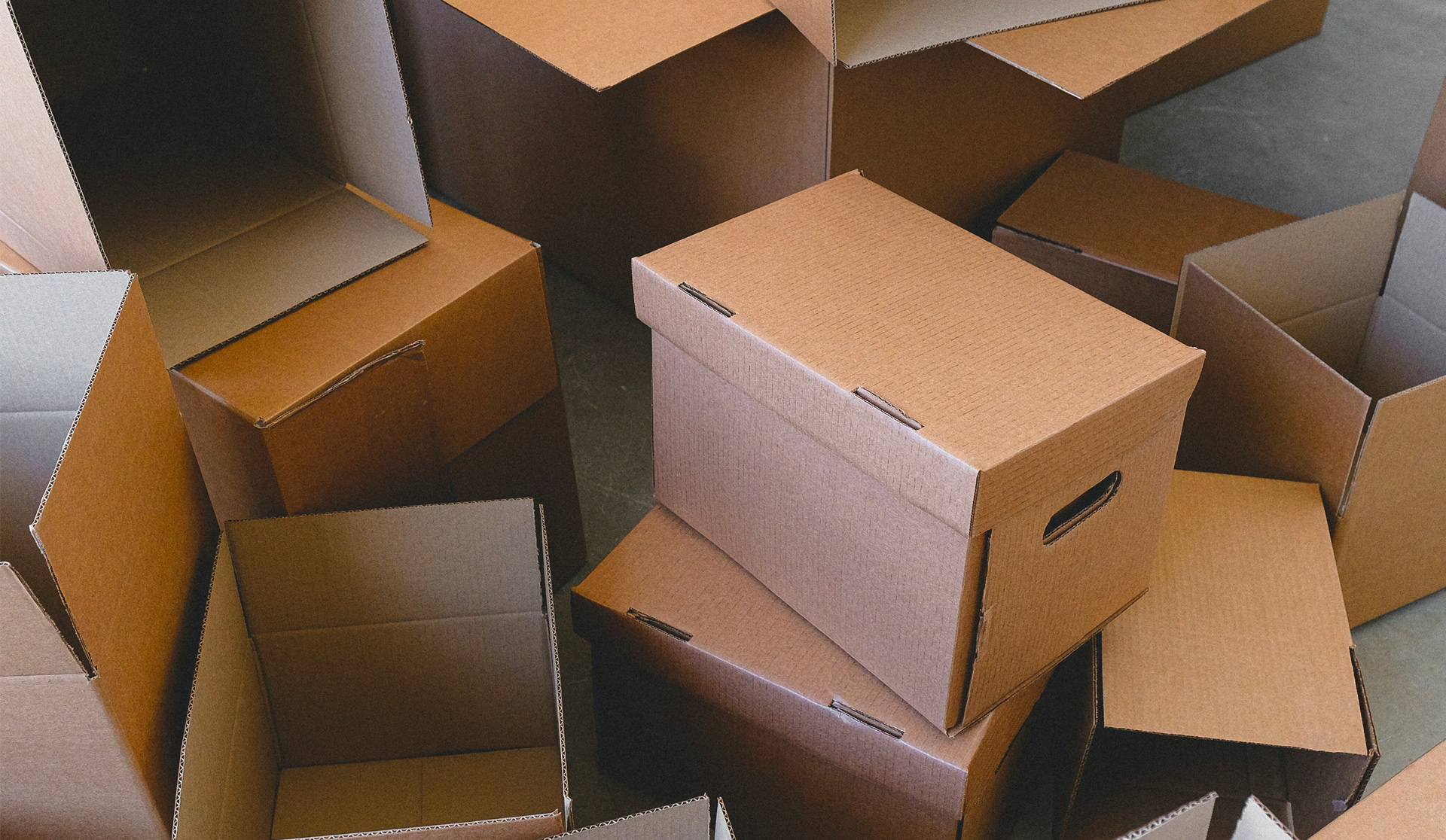The raw materials crisis in the packaging industry: how to deal with it
written August 12 2022

2022 marked the end of the just in time" era in the packaging industry, such as paper, cardboard, plastics and adhesive papers.
In the past, Italian printing industries had to wait only a few days to get supplies, but recently they had to deal with delivety times of 3, 4 or 5 months, sometimes even longer.
A nightmare scenario that triggered a “gold rush” grabbing of raw materials to give continuity to its production for its customers.
We will not go further into this post on the reasons for this crisis or the resulting economic and financial scenarios. We will face the "organizational" problem, how the delivery of raw materials so staggered over time can be managed at best by company information system.
Here on Gerp we created a "virtual warehouse" based on everything that has been ordered from suppliers and which is arriving according to more or less reliable predetermined dates.
For example, if I order 10 tons of material I need and the supplier replies with delivery dates like this:
- 5 tons -> arriving on September 30th
- 3 tons -> arriving on October 16th
- 6 tons -> arriving on November 4th
I can reasonably assume that my stock has the predetermined quantities on those dates.
Consequently, if I receive orders from my customers such as:
- Order A requires 2 tons delivery on 2nd October
- Order B requires 4 tons delivery on November 10th
- Order C requires 2 tons delivery on 18th October
The answer is to link each commission to a more appropriate order to supplier arrival course. Therefore:
- I link Order A to the order arriving on 30 September for 2 tons
- I still have 3 tons available on that date
I could link Order B to the order of November 4th, considering that the delivery requested by the customer was postponed and compatible with my order to the supplier.
I link Order C to the one arriving on October 16 to avoid fragmentation, and I will still have materials available.
In summary:
- Order A -> it takes 2 tons on 30 September order
- Order B -> it takes 4 tons on 10 November order
- Order C -> it takes 2 tons on 16 October order
I will have available in my "virtual" warehouse of incoming goods:
- 3 tons -> arriving on September 30th
- 1 tons -> arriving on October 16th
- 4 tons -> arriving on November 4th
I could proceed with new commissions, checking the delivery dates of suppliers and customers. This system was implemented on: